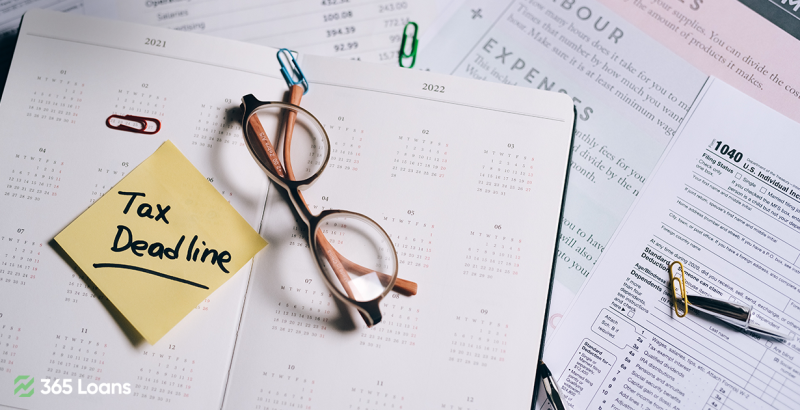Tax season is a financial milestone that affects everyone, from individuals to businesses. However, with the right tax planning and preparation strategies, you can maximize your savings and minimize your stress. In this article, we’ll explore the fundamentals of tax planning and preparation, providing practical examples along the way to help you navigate this often complex financial landscape.
Understanding Tax Planning:
Tax planning is the art of legally optimizing your tax liabilities. It involves strategic decisions and actions to minimize your tax burden while remaining compliant with tax laws. Here’s an example of how tax planning can work for you:
Example 1: Imagine you’re a self-employed freelancer with an annual income of $60,000. Instead of treating all your income as taxable, you decide to open a Simplified Employee Pension (SEP) IRA. By contributing a portion of your income to this retirement account, you can reduce your taxable income. For instance, if you contribute $6,000 (the maximum allowed for self-employed individuals under 50), your taxable income drops to $54,000. This move not only lowers your current tax bill but also helps secure your financial future.
Organizing Your Financial Records:
Effective tax preparation begins with well-organized financial records. Keeping track of your income, expenses, and deductions will make the tax-filing process smoother and reduce the risk of errors. Here’s a practical example:
Example 2: Sarah, a salaried employee, uses accounting software to track her income and expenses throughout the year. When tax season arrives, she effortlessly generates a detailed report of her financial transactions. This organized approach saves her time and ensures she claims all eligible deductions, such as work-related expenses and charitable contributions.
You Might Want to Check Out: Key US Tax Forms to Know
Taking Advantage of Tax Deductions:
Tax deductions are expenses that reduce your taxable income. By identifying and claiming deductions you qualify for, you can lower your tax liability. Let’s explore an example:
Example 3: John is a small business owner who operates from a home office. He’s aware that he can deduct a portion of his home expenses, such as rent, utilities, and internet costs, as a business expense. By keeping accurate records and working with a tax professional, John maximizes his deductions, ultimately reducing his taxable income and saving money on taxes.
Seeking Professional Help:
Complex tax situations often benefit from professional guidance. Tax professionals, such as certified public accountants (CPAs) or tax advisors, can provide valuable insights and help you make informed decisions. Here’s an example:
Example 4: Lisa, a high-earning executive, consults with a CPA for her tax planning and preparation. The CPA identifies various tax-efficient investment strategies, such as tax-deferred retirement accounts and tax-advantaged bonds, helping Lisa optimize her portfolio and minimize her tax liabilities.
Conclusion:
Tax planning and preparation are crucial aspects of managing your finances effectively. By understanding tax planning principles, organizing your financial records, taking advantage of deductions, and seeking professional assistance when necessary, you can ensure that tax season is a smooth and financially rewarding experience. Remember, every taxpayer’s situation is unique, so it’s essential to tailor your approach to your specific circumstances to achieve the best results.







